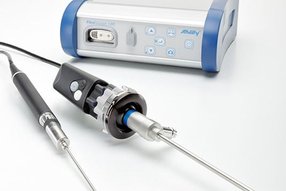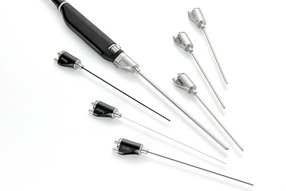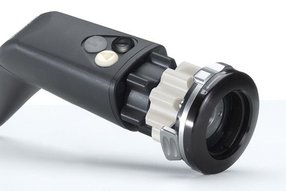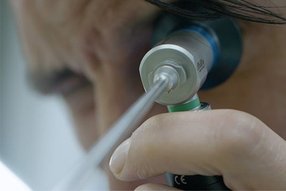Endoscopic Weld Seam Inspection
During welding, components are connected to one another in such a way that they meet the requirements over an expected service life. A variety of defects can occur in the welding process that compromise the integrity of a weldment.
Endoscopic control is particularly suitable for the welding defects listed below.

Heat tinting
The annealing colors on the weld seam are relevant when welding high-alloy stainless steels.
The discoloration indicates material changes caused by the strong heating in the process, which can severely impair the corrosion resistance of high-alloy materials.
The assessment of the annealing colors of the weld seam in pipes and flanges is used to assess the quality of the welded joint.

Uniformity of the weld
A uniform weld bead of the same thickness and height shows the high strength of the connection.
Uneven weld beads with constrictions or incomplete weld seams can break or at least greatly reduce the strength of the joined parts.
In the endoscopic examination, pipe flanges in particular are checked.

Incomplete root penetration
In order to obtain optimal strength and tightness of the welded connection, the weld seam must be welded through. If the welding process is faulty, a gap can still be seen on the opposite side.
Welding products that are exposed to high pressure are unusable if the weld seam is not welded through. A weld seam can be viewed from the inside with the endoscope. Inadequate weld penetration is clearly visible.
With the selective color enhancement of the FlexiVision 100, the weld seam can be highlighted in color from the surroundings. This makes it easy to spot even the smallest errors.

Visual inspection in Full HD with FlexiVision 100
The full HD inspection system FlexiVision 100 delivers brilliant inspection results in production and maintenance. It offers a high degree of flexibility through the selection of different connection devices.
Useful software functions help to identify defects better and analyze them more precisely than with previous endoscope cameras.



